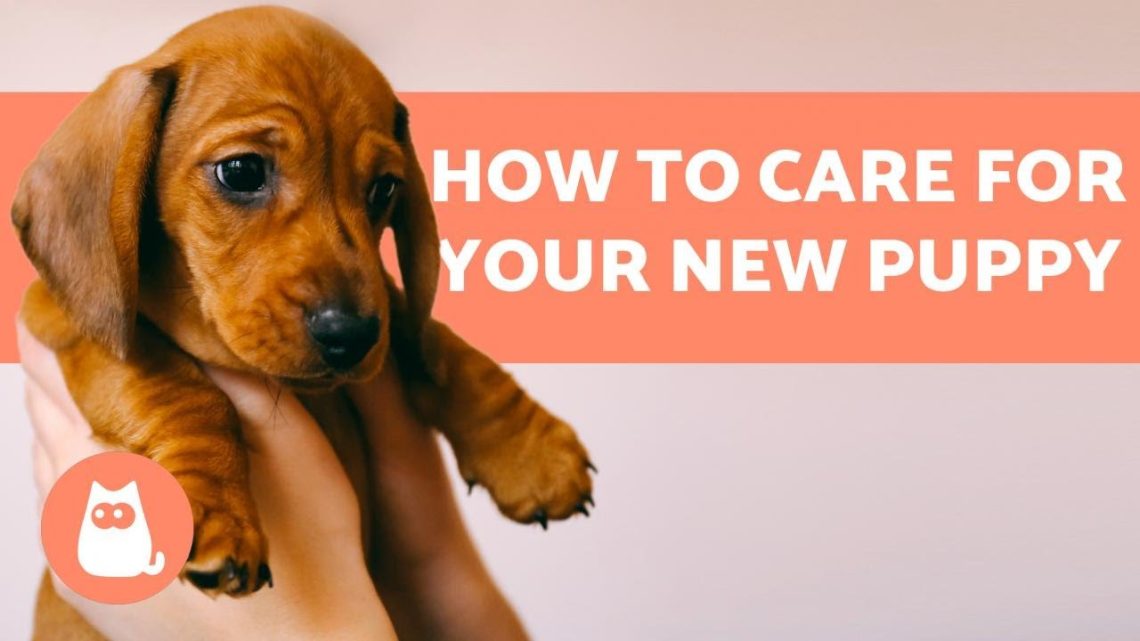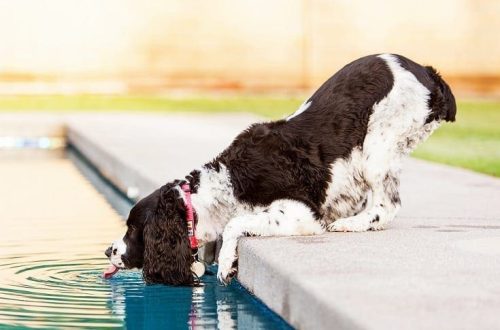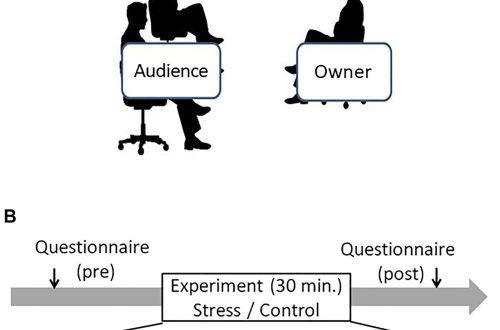
How to understand your small dog and how to care for it?
See the world through her eyes
Try to get down to your dog’s level – literally – and take a good look around. The sofa hangs overhead, and the slippery kitchen floor seems to stretch for miles. This is your pet’s environment, so it’s important to look at things from her perspective. Ask yourself a few key questions:
- Do things look a little scarier from here? When people and household items are hovering overhead, things can get a little intimidating – imagine a vacuum cleaner that’s bigger than you to get an idea of how your little one might feel.
- How far away are essentials, such as a bowl of water, from the main places to relax or play? Short sprint or marathon?
- If your dog is allowed to climb furniture, how high does he have to jump? Will she need an extra step with which she can climb onto the sofa?
All shapes and sizes
Small, miniature and decorative breeds are a celebration of the diversity of mini-dog forms.
Some are small and robust, such as Jack Russell Terriers, French Bulldogs, or West Highland White Terriers.
Other breeds, such as Italian Greyhounds, Prague Ratters and Chihuahuas, can be quite vulnerable and fragile, naturally requiring gentle and careful handling.
Some breeds have distinctive features, such as the easily recognizable long-bodied Dachshund, the round-headed Japanese Chin, or the hairless Chinese Crested.
Whatever size and shape your pet is, be sure to consider her needs when choosing the size and shape of her bed, food and water bowls, leash and collar or harness, temperature requirements, and more.
Little Napoleons
Being a little dog in a big world is not an easy task. However, small dogs very often get away with naughty or dangerous behavior that is completely unacceptable in their larger relatives. Often, these little Napoleons act like this initially as a kind of defense, but these behaviors can quickly develop into a habit later on if not corrected at an early stage. Owners should remember that pulling on the leash, running away when called, growling or biting are all equally bad behavior, whether it’s a XNUMXkg Chihuahua or a XNUMXkg Rottweiler. In both cases, proper socialization and training can work wonders.
Learning and applying the correct behavior in a variety of situations from an early age will help a dog of any size feel calm and relaxed at home, helping to prevent unwanted or outright dangerous behavior. Seek help from a trainer who knows your breed, or look for local group training courses.
Less is more.
Small breeds have different calorie needs than large dogs. Since they have more surface area per kilogram than large dogs, they tend to expend energy more quickly to keep warm, etc. They also expend more energy even for simple locomotion. A neighborhood Labrador takes 100 steps to walk to the end of the block, while your Lhasa Apso may need 400 steps to cover the same distance.
Small dogs may require more calories per kg of body weight per day than large dogs and still need to be monitored to ensure that they do not gain excess weight. Obesity is just as dangerous for small dogs as it is for large ones.
pocket puppies
These tiny babies need more calories for every 28 grams of body weight, and they can’t store energy like larger breed puppies, so they need to be fed more often and with more calories.
Mini-breed puppies should be fed small but frequent meals throughout the day to compensate for their small stomach capacity and limitless energy needs. Measure single servings according to the recommendations on the food label, and also consult your veterinarian about the individual needs of your baby.
Small mini-breed puppies, like babies of any breed, should be protected and cared for, but not overprotected. While it may take some willpower to look into the big brown eyes of a fluffy little Cavalier King Charles Spaniel puppy and say “No!”, it has to be done. Training small breed dogs at an early age lays the foundation for a more calm, reliable and well-behaved companion in the future.
Long and prosperous life
Small dogs often live much longer than their counterparts of medium and large breeds. It is well known that Maltese, Chihuahua, Yorkshire Terrier and Mini Dachshund live over 12 years. The average lifespan of miniature poodles and border terriers is almost 14 years, with some long-livers reported to have lived to almost 20 years, which is certainly worthy of respect!
Because such a long life is often combined with city living, small dogs need extra protection to maintain good health into old age. Between regular veterinary visits, small dogs can benefit from additional antioxidants to help them fight the effects of aging and city life.
Proper nutrition
The smaller kibble size of our mini breed dog food is specifically sized for tiny dogs, making it easy for small dogs of any breed to grab and chew the bites.
The choice of a complete dog food with the perfect balance of antioxidants, omega-3 and omega-6 fatty acids, small kibbles and age-specific nutritional content, combined with an enticing taste, ensures that your dog gets exactly what they need. she needs for a long and happy life. To improve the health of small dogs, there is a wide range of Science Plan foods available for everyday healthy pet nutrition, as well as Prescription Diet (for a successful weight loss and maintenance program and for healthy digestion).





